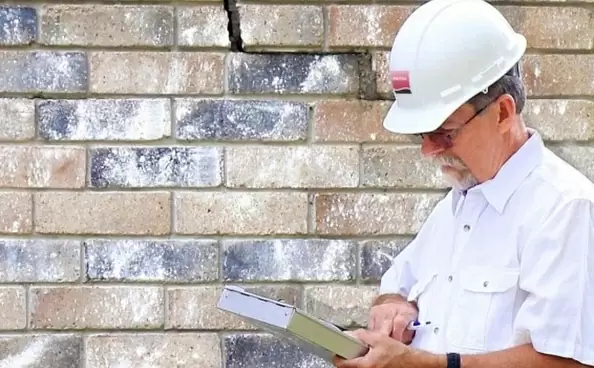
12.07 2022
Soil layers tend to expand and contract when their moisture content (and their aggregate state) changes. When reinforcing foundations with concrete, a rigid structure is formed that begins to rise and fall in periods of changing water saturation of soils. In the process of constant vertical and horizontal movements of the soil, cracks form and the integrity of the base structure is destroyed. The heterogeneity of the soil strata further increases the dynamics of site failure.
Silicification and cementation are forbidden in some types of soils, e.g. forest soils, due to the presence of water in them, which makes it impossible for the materials to acquire the necessary properties. Depending on the chemical composition of the soil, silicate, and cement mortars may not reach the required strength and turn into pulp, which further impairs the bearing capacity of the soil. Also, depending on the degree of acidity of the soils, the setting time of concrete mixtures and silicate mortars can be unpredictable. And another disadvantage is that cement mortars exposed to shock and vibration will turn into construction debris.
It is a more modern and already proven method of strengthening foundations and bases of buildings (since 1978). It involves injecting environmentally neutral resin under foundations, into the base through small holes (8-28 mm). The resin is injected into the soil and expands as it hardens. It also fills voids and cavities. As the resin injection continues, it will raise the house or structure higher. The process is carefully monitored by practicing technicians who control the injections using special highly sensitive laser instruments. The resin formula is carefully selected to suit the unique weather, ground conditions, and challenges faced by the engineers.
GeoResin is devoid of all the disadvantages of cementation and silicification, as it is elastic and does not interact (does not react significantly) with the chemical environment of the substrate. Compared to the injection of cement (or silicate) grouts into the base, GeoResin technology is flexible in its approach and implementation, which is a serious advantage.
